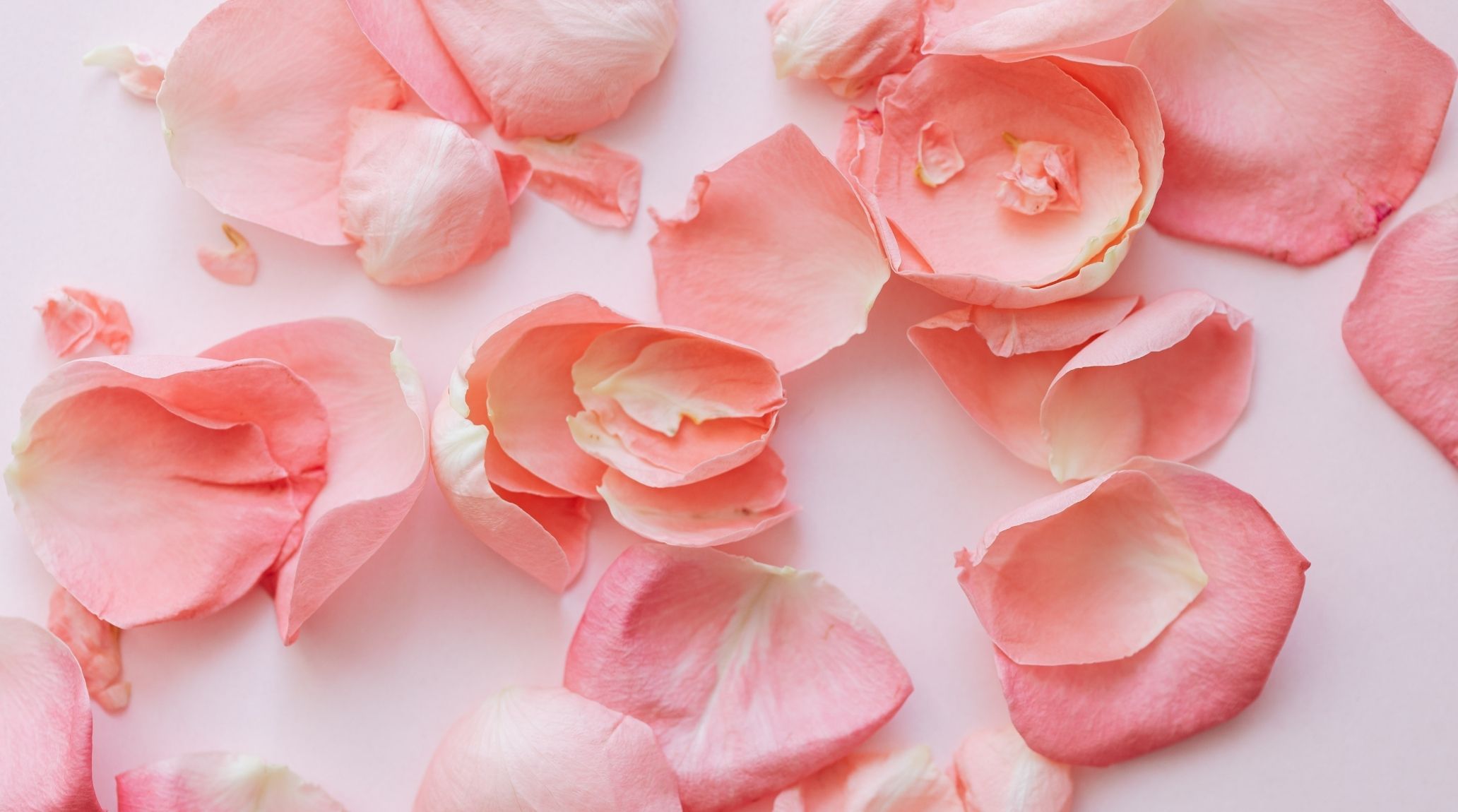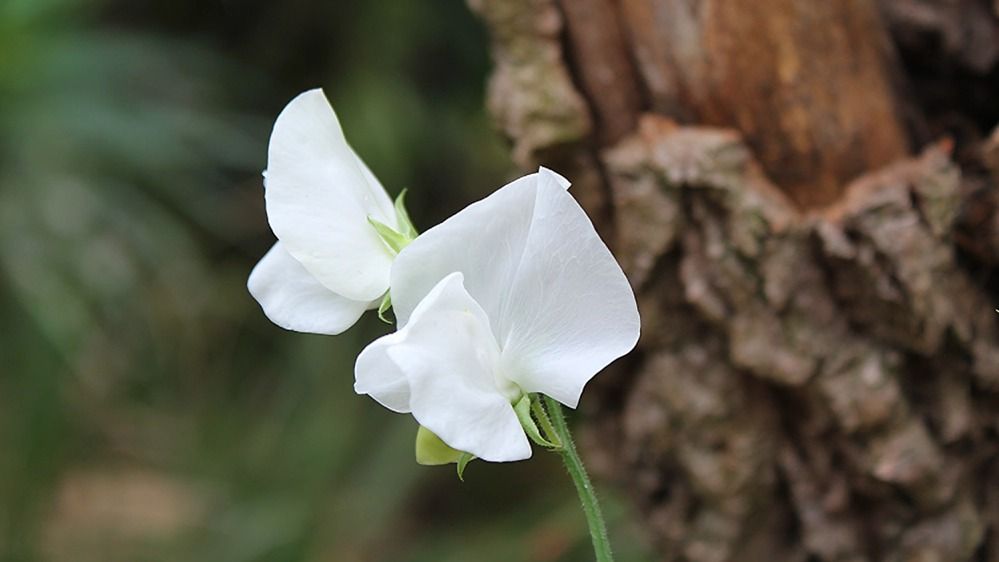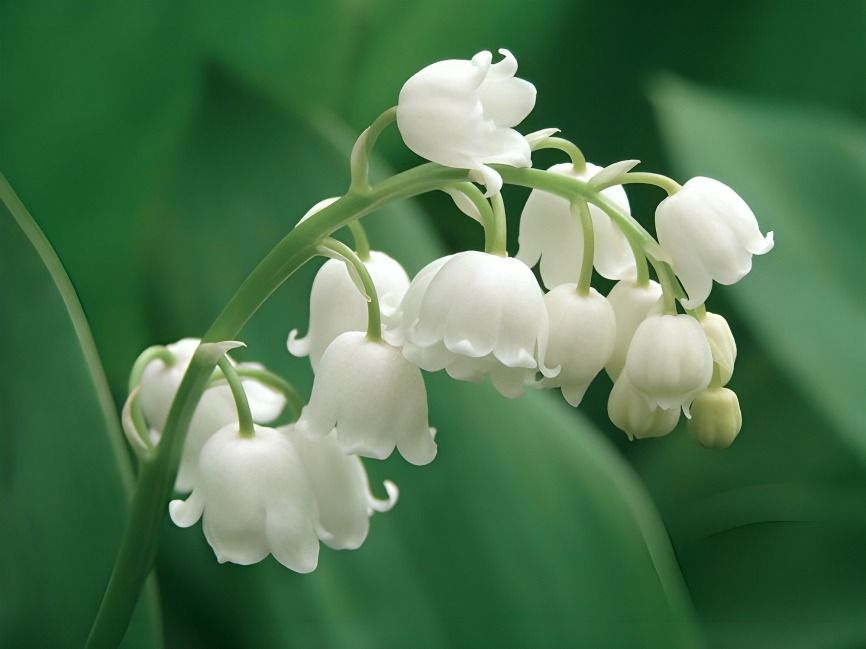
“
Flower petals captivate us with their vibrant colors, delicate textures, and alluring fragrances. They play a crucial role in the reproductive cycle of plants, attracting pollinators and ensuring the continuation of floral species. Beyond their aesthetic appeal, petals hold a wealth of fascinating secrets and adaptations that highlight nature's ingenuity. Join us as we delve into 20 interesting facts about petals, uncovering their diverse forms, cultural significance, and ecological importance.1
1
”
Petals are the vibrant, colorful parts of flowers that attract pollinators like bees and butterflies. Their hues range from brilliant reds and yellows to delicate pastels and whites, varying widely across different species. 1
Some petals are edible and used in culinary practices, adding color and flavor to salads and beverages. They can range from mildly sweet to tangy or peppery, depending on the flower type, enhancing both the visual appeal and taste of dishes. 2
Petals can have a short lifespan, blooming and wilting within days or even hours in some species. This ephemeral nature adds to their charm, making each bloom a fleeting spectacle and a moment to cherish in nature. 3
In Dubai, on 22 November 2019, the Ministry of Tolerance and Globerz Entertainments achieved the record for the largest flower petal carpet. They used 42,000 kg and formed 5,360 m² carpet with 7 types of petals. 4

Pea flowers, petals are arranged in a specific manner: an upper “banner” petal encloses the others before the flower opens, revealing two “wing” petals on the sides and two white “keel” petals underneath.
Some petals have evolved unique adaptations, such as water-repellent surfaces in water lilies. These features enable them to thrive in aquatic environments without becoming waterlogged, demonstrating nature's ingenuity. 5
Star-shaped petals evoke celestial beauty in the botanical world, resembling twinkling stars. Flowers like the Star of Bethlehem (Ornithogalum umbellatum) and Balloon Flower (Platycodon grandiflorus) showcase this enchanting form. 6
One fascinating example of a flower that displays multiple colors on a single bloom is the Chinese rose, also known as Rosa chinensis ‘Mutabilis’. This hardy plant produces flower buds that start yellow, open to peach, and become dark pink 7
Petals are not just ornamental; they are also commercially valuable in the floral industry. Their color, size, and shape contribute to the attractiveness and marketability of flower arrangements, impacting economic activities. 8
The wheat plant (Triticum) produces small, inconspicuous flowers. These flowers lack petals or sepals. Each female flower consists of an ovary from which two styles emerge, finished with two feathery sticky stigmas each. 9
In the medicine field , certain petals are used for their medicinal properties. They are believed to have soothing, healing, or aromatic benefits when prepared as teas, infusions, or poultices, contributing to health and wellness. 10
Studying the evolution and diversity of petals provides insights into the ecological relationships between flowers and their pollinators over millions of years. This research helps us understand the complexities of natural ecosystems.11
Petals can be sensitive to environmental conditions, closing in response to changes in temperature, humidity, or light levels. This mechanism helps protect reproductive structures, ensuring the flower's survival and reproduction. 12

Lily of the Valley (Convallaria majalis) is a charming woodland flowering plant. The fragrant white flowers appear in erect racemes, nodding gracefully. Each flower has six fused petals, creating a bell-shaped appearance.
The record for the longest journey walking on flower petals was set by Buddhist monks during the 4th Dhammachai Dhutanga pilgrimage in Thailand. They covered an impressive distance of 485 kilometres between January 2 and January 31, 2015. 13
Some flowers bloom seasonally, with petals that reflect the changing seasons. From the vibrant blooms of spring to the hardy flowers of winter, each adapts to survive and thrive, marking the passage of time in nature. 14
The global trade in cut flowers depends significantly on petals' quality and appearance. This trade influences economic activities and livelihoods in many regions, highlighting the importance of horticulture in the global market. 15
Velvetleaf (Albutilon theophrasti) is an annual flowering plantWhen it does flower, it produces single flowers with roughly 1/2″-1″ diameter, featuring five orange or yellow petals. The velvety texture of its petals adds to its distinctive appearance. 16
The shape and size of petals often reflect adaptations to specific pollinators. These characteristics ensure mutualistic relationships that benefit both flower and pollinator species, supporting biodiversity. 17
Botanists use petal characteristics to classify and identify plant species. This practice contributes to our understanding of plant diversity and evolution across different ecosystems, aiding in conservation and research efforts. 18


